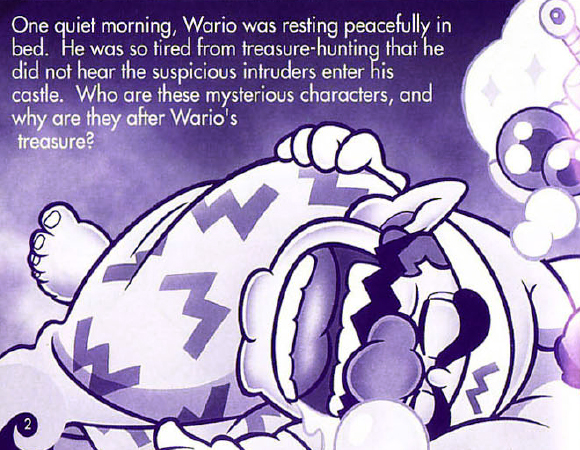The Wario Land Series and Progression Models
January 1st, 2014
[The following is a scrapped bit of content from my book Game Design Companion: A Critical Analysis of Wario Land 4. I don’t know why I didn’t just add this to the Loose Ends article. In any case…]
Each Wario Land game has its own take on freer linear progression. Wario Land‘s world map plots a straightforward course through each world, but is punctuated by a substantial number of optional routes. These paths can be accessed through secret exits. Wario Land 2‘s branching routes connect back to the main route or lead to their own endings. After completing the game, the levels are presented in a tree, so it’s easier for the player to retrace their steps and seek out the secret exits they missed. Wario Land 3 employs a multi-screen world map with a day/night system where treasures found open up access to new levels or parts of levels. Wario Land 4 presents four passages which the player can tackle in any order they please. The unique progression systems help give each game their own distinct identity.




 Game Design Companion: A Critical Analysis of Wario Land 4 - $7.99
Game Design Companion: A Critical Analysis of Wario Land 4 - $7.99 Level Design: Processes and Experiences
Level Design: Processes and Experiences Speed Boost: The Hidden Secrets Behind Arcade Racing Design - $5.99
Speed Boost: The Hidden Secrets Behind Arcade Racing Design - $5.99 Adventures in Games Analysis: Volume I - $5.99
Adventures in Games Analysis: Volume I - $5.99







